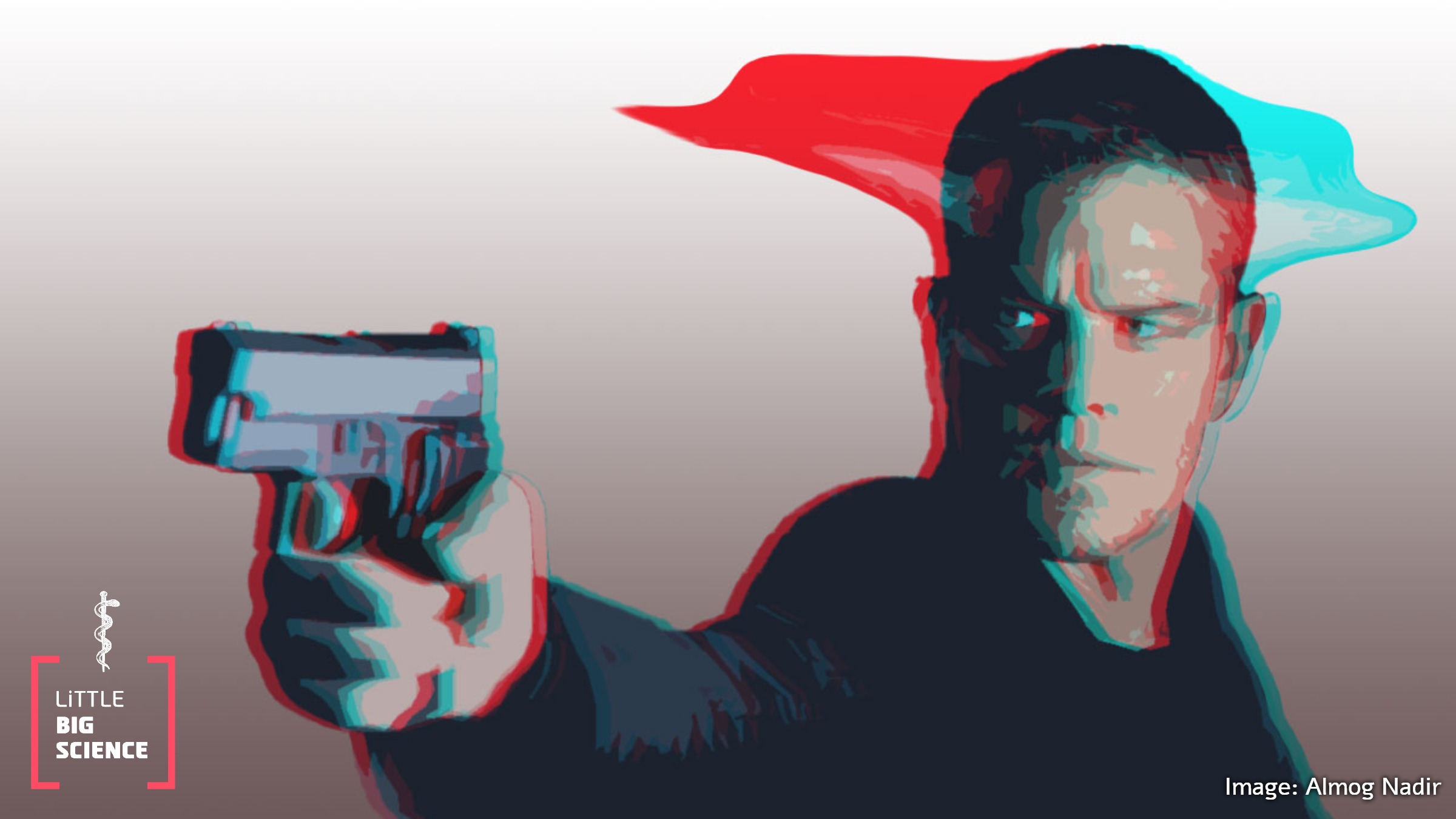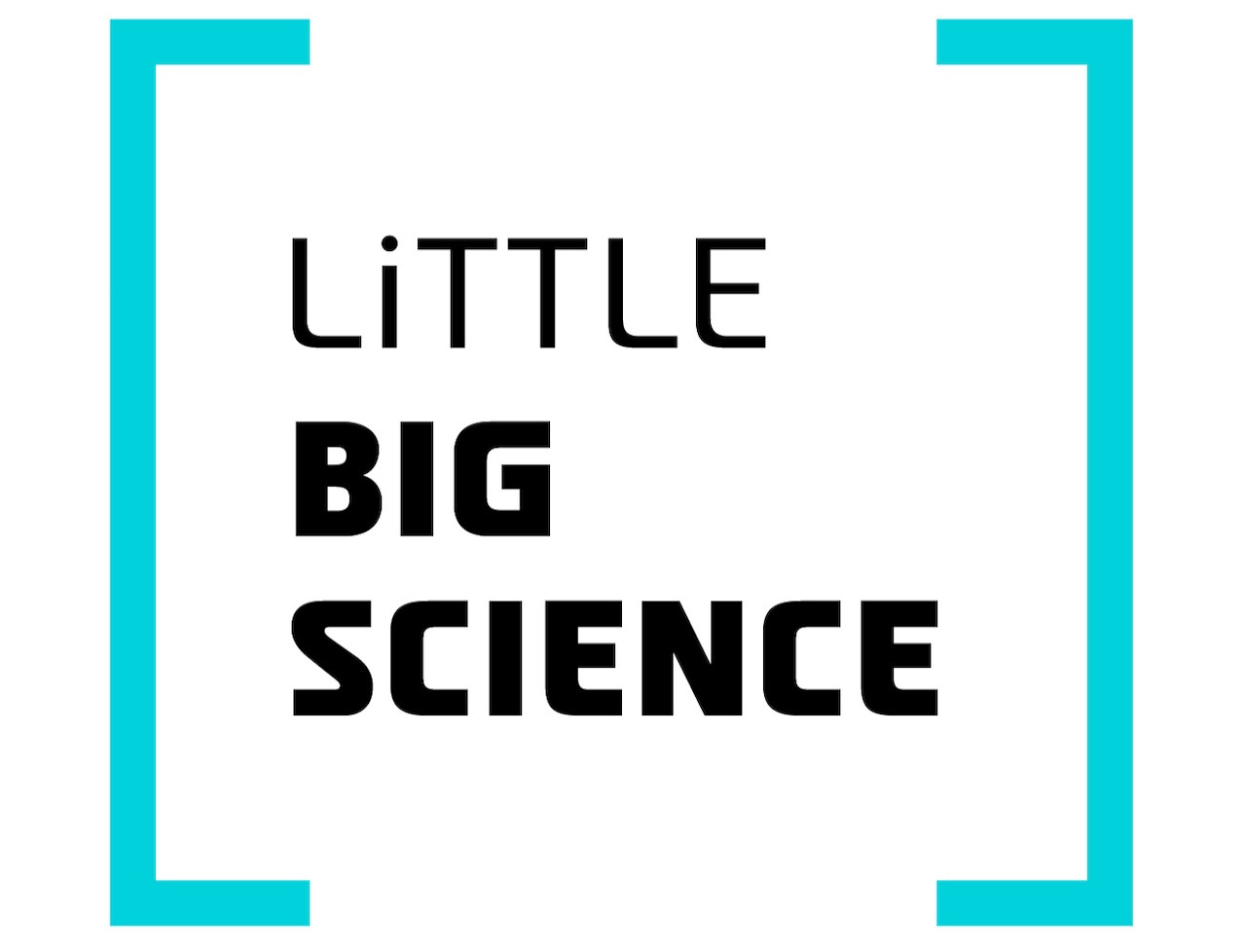
In the Jason Bourne film series, Matt Damon portrays a man who has lost his memory. Over time, it becomes clear that he is not an ordinary person but in fact a highly skilled assassin in the service of the U.S. government. That is, even though he cannot remember his own name, he does remember how to fight, speak multiple languages, drive in high-speed car chases, and more. Can such a situation occur in reality, or is it merely a convenient plot device?
Advertisement
For the best experience, we recommend reading while Moby’s song “Extreme Ways” plays in the background.
The first film in the series is “The Bourne Identity”, released in 2002 and based on the novels by author Robert Ludlum. The movie follows Jason Bourne, played by Matt Damon, a man suffering from amnesia.
In this film, too, the character portrayed by Matt Damon needs to be rescued, just as he was saved from trouble in his tough Boston childhood (Good Will Hunting), as a private in World War II (Saving Private Ryan), while roaming among the stars (Interstellar), or when stranded on Mars (The Martian, about which we previously wrote [1]).
The film opens with Bourne being found unconscious by fishermen in the middle of the sea, and when he wakes up it turns out he remembers nothing of his past. Yet despite not knowing his own name, his family, or any detail about his life, Bourne is surprised to discover he possesses impressive abilities—he speaks several languages, beats people up with ease, successfully hits on the woman from Run Lola Run (actress Franka Potente), and evades the authorities without leaving a trace. As the movie progresses we learn that he is in fact an assassin in the service of the CIA, which is trying to eliminate him to cover up a botched assassination. We will not dwell on the plots of the following films in the series, because it is essentially the same story in different locations. The question we will answer is: can a person lose their memory in such a way—that is, forget everything that happened up to a certain point in their life yet retain all the skills acquired during that time? To do so, we will first explain the terms explicit memory, implicit memory, and amnesia.
What is memory in the first place? We all have an intuitive grasp of the concept because we all remember things, and to a large extent we identify with our memories and perceive them as part of who we are. More simply, memory can be defined as information that arrived via the senses, from the environment, or from within the body, whose imprint remains in the brain after the experience itself has passed. This imprint allows the stored information to rise back into awareness when the appropriate cue is presented. Memory is one of the most fascinating subjects in neuroscience and psychology, and there is still much to discover about how memories are formed, stored in the brain for the long term, and subsequently retrieved.
Memory is usually divided into two main types. Explicit memory is memory we can consciously access and express in words, and therefore it relates to events, facts, names, and other “encyclopedic” information. For example, we can retrieve from memory the number to dial for an ambulance, answer a trivia question such as “Who was the fifth Prime Minister of Israel?”, or describe what we ate for breakfast. Remembering breakfast is an example of a sub-category of explicit memory called episodic memory, the recollection of events we experienced firsthand. Episodic memory is critically important in constructing our identity.
The second type of memory is called implicit memory, or non-declarative memory, because we generally have no conscious access to such memories. Instead of words, these memories manifest in behaviors, skills, and choices. The information contained in implicit memory is related to learning recurrent patterns, forming associations, or perfecting complex actions. A sub-category of implicit memory is procedural memory—the ability to store a particular sequence of bodily movements and readily repeat them when needed. That is why, if you learned to play the recorder in childhood, you might still be able to play a simple tune today even though years have passed since you last held one.
Of course, we sometimes also forget things, and in fact our ability to forget is no less important than our ability to remember. Amnesia is a medical condition characterized by impaired memory. The damage can result from physical trauma to the brain (for example, a head injury or surgery), from a psychologically traumatic event, or from a disease that affects brain function (such as Alzheimer’s). In addition, amnesia may present as the loss of past memories—retrograde amnesia—or as an inability to form new memories—anterograde amnesia.
The type of amnesia relevant to our discussion is dissociative amnesia, also known as psychogenic amnesia. It usually arises after a psychologically traumatic event or a mild physical accident with a strong emotional component. From a psychological perspective, it is a kind of defense mechanism of the brain, which tries to block our access to memories that could harm the psyche. Sometimes the forgetting is limited to a particular person, situation, or object, while everything else remains intact. However, at times the amnesia can cover entire time periods and, in rare cases, completely erase the past and identity of the affected person [2].
Now that the terms are clear, let us return to the film. According to the plot, Bourne suffers from an extreme case of retrograde amnesia, as he has lost every episodic memory that occurred before the accident. On the other hand, his implicit memory—and in particular the procedural memory related to his life as a trained assassin—remains intact. How can this be?
Patients with amnesia generally do not forget how to perform everyday tasks such as driving, eating with knife and fork, or writing, and people who have had a stroke that impaired certain motor abilities usually do not exhibit memory loss. This is because the two types of memory, explicit and implicit, differ not only in the kind of information they store but also in the mechanisms by which they are formed and in the way they are stored in the brain. This can be illustrated by the famous case of Henry Molaison in the 1950s [3]. Molaison suffered seizures due to epilepsy and therefore underwent surgery in which a brain region called the hippocampus was removed. As a result, Molaison experienced anterograde amnesia—he remembered everything that had happened up to the surgery but could not create new memories. Nevertheless, he successfully learned new skills, for example drawing while looking in a mirror. Molaison’s case demonstrated that the hippocampus is necessary for forming new explicit memories, whereas procedural memories are created in regions other than the hippocampus.
Therefore, damage to explicit memory will not necessarily impair implicit memory, and vice versa. So, Bourne’s case, though extreme, is not impossible in reality. It is worth noting that generalized dissociative amnesia, which causes complete loss of a person’s memory and identity, is often accompanied by a significant loss of procedural and semantic memories (memories related to general knowledge about the world, such as what a faucet is or how many wheels a car has), especially if the cause is a severe traumatic event [4]. Immediately after the event, the patient may be unable to produce or understand speech, have difficulty performing daily tasks, or fail to recognize familiar objects. These memories usually return quickly, whereas episodic memories remain concealed for a longer period.
But in the film, Bourne regains consciousness and immediately displays skills in hand-to-hand combat, operating a fishing vessel, and even playing cards. While these serve the plot well, they are less representative of what we know about amnesia. Scientific accuracy: 9/10. And with all due respect to car chases and fistfights, let’s see him assemble an IKEA bookshelf with no memory.
Hebrew editing: Galia Halevy-Sadeh
English editing: Elee Shimshoni
References:








